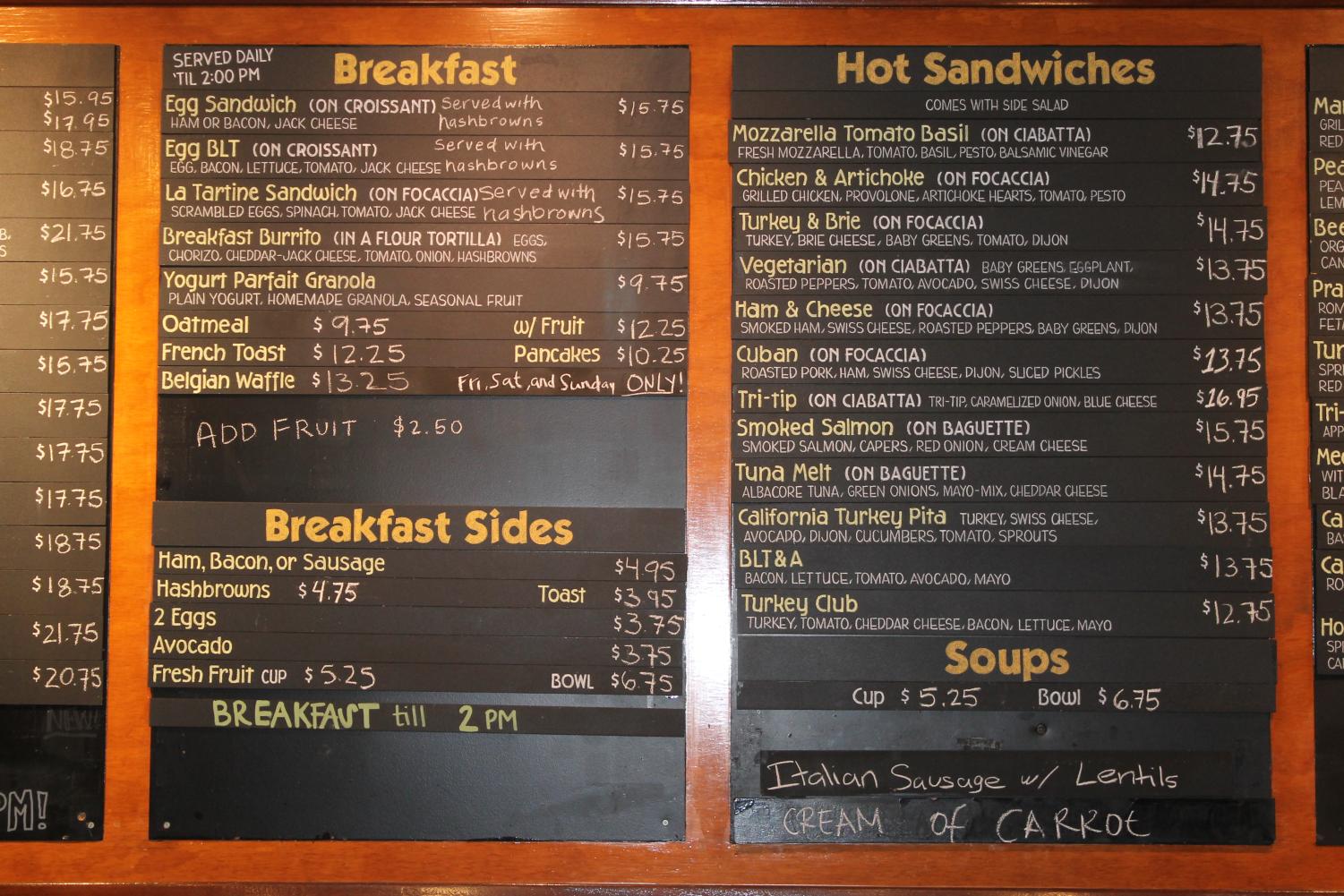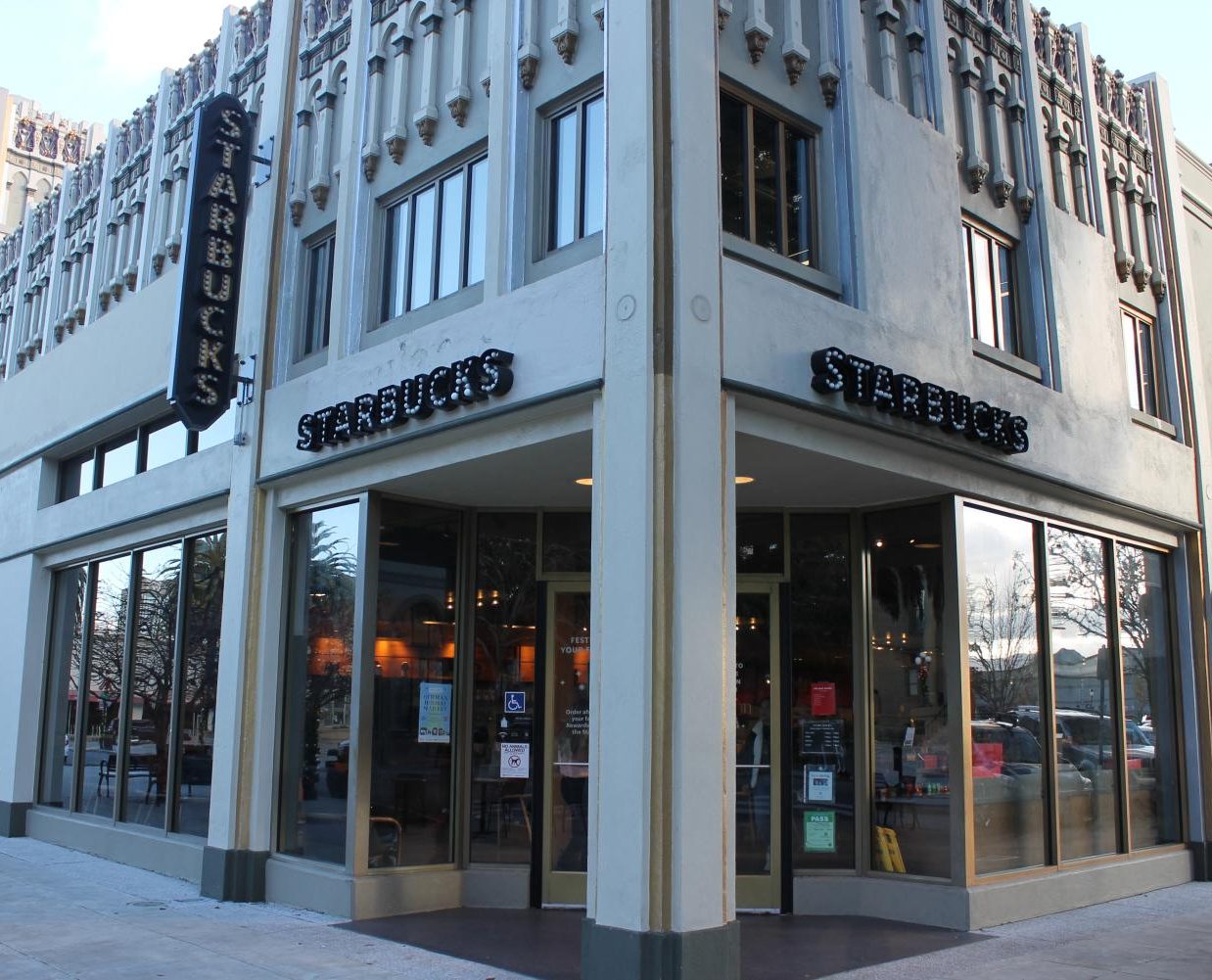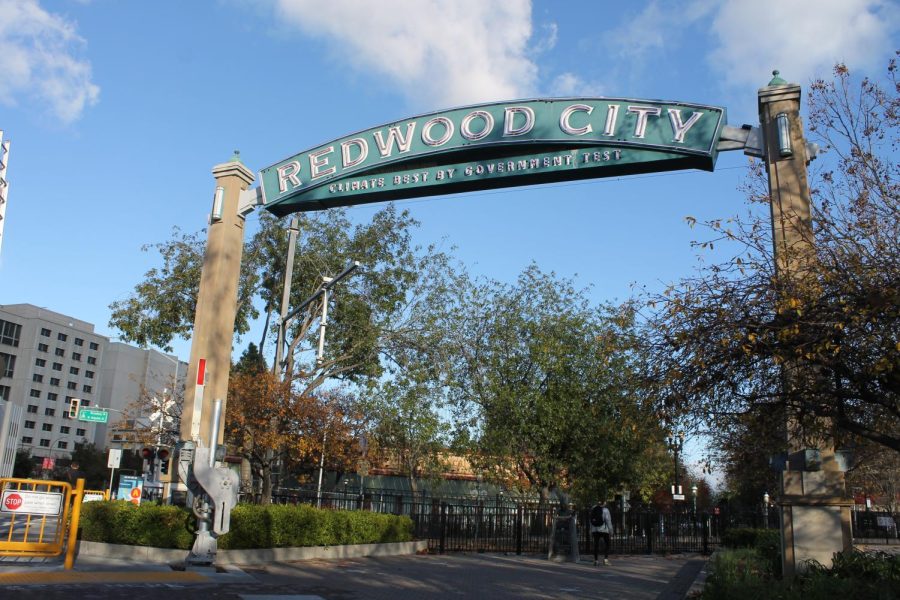Inflation Nation
December 14, 2022
The increasing cost of goods within the past year has had an unavoidable impact on the finances of many students and staff at Sequoia. Food prices have shot up, grocery tabs are nearly double what they were last year and gas prices are back to $5 per gallon. Though these changes don’t seem drastic individually, over time they accumulate until prices become too high for families to handle.
“I was in Costco last week, and I [was like], ‘when did that go up?’ There was this salmon that I like and it was up $8 more. So you notice it when you look at the totality of everything that you’re purchasing,” IB Business and Management teacher David Weyant said.
 According to Trading Economics, the annual inflation rate has risen to 7.7 percent as of October 2022 in the United States, which is over double the average inflation rate of 3.8 percent, calculated between 1960 and 2021. This is primarily driven by fuel and food costs increasing, inflating up to 17.6 percent and 10.9 percent in October respectively.
According to Trading Economics, the annual inflation rate has risen to 7.7 percent as of October 2022 in the United States, which is over double the average inflation rate of 3.8 percent, calculated between 1960 and 2021. This is primarily driven by fuel and food costs increasing, inflating up to 17.6 percent and 10.9 percent in October respectively.
Even humble groceries like eggs, butter, and flour are experiencing high rates of inflation. “I definitely have seen a lot of that stuff increasing [in] price, especially in the supermarket, because I like to bake a lot and I definitely noticed there’s an increase in like, eggs and flour,” junior Sophia Tabarez said.
The cost of fuel has also had a large effect on the Sequoia community, especially for those that have to commute from different parts of the Bay Area.
“Gas has been probably the hardest one, even though recently it’s dropped,” english teacher Vanessa Paiz said. “Paying $4 a gallon, it’s still a lot, especially because I fill up my tank twice a week. And each tank is about $40 to $50, that’s easily $100 a week. You know, it is a struggle.”
This not only affects staff, but student drivers as well. “[Gas] is definitely super expensive and that’s where a lot of my money goes,” junior James King said. “I just try to go out less because, you know, it’s expensive to drive places.”
To supplement the money that now goes to the inflated cost of goods, families have had to change their living arrangements in order to sustain their funds.
“We had to rent out my old room to this lady, just to get some extra money in,” Tabarez said. “And so that’s just one change that we’ve seen for the household.”

Other families split housing costs to accommodate as well. “I pay for Wi-Fi and garbage. My brother pays for phone bills, […] water, gas, and then we all agree to pay for rent. And that’s all we have to manage,” Paiz said.
These all-around rising costs can be attributed to a multitude of different factors: supply-chain issues, increased transportation costs due to fuel, and the potential corruption of large corporations.
“One [reason] is the supply-chain issues, the fact that manufacturing has halted,” Weyant said. “An example would be China, because they have a zero COVID policy so they go straight to shut down when there’s any cases. So that supply-chain issue creates a scarcity, and the scarcity creates an increase in prices.”
Despite this logistical reasoning, investigative journalists are hypothesizing that corporations are driving up the cost of their own goods to take advantage of the fragile economy.
“Oil companies, meat processing companies, they ended up making a lot of profits [this year]. So there are people now questioning how much of it was inflation and how much of it was the company actually inflating prices,” Weyant said.
NPR’s article, “The mystery of rising prices. Are greedy corporations to blame for inflation?” delves deeper into this theory, ultimately concluding that companies are continuing to raise prices because consumers, are still willing to pay for them.
“In spite of inflation, demand hasn’t really blinked. Companies have been raising prices and we have been paying them,” the article states. “Our collective savings has been shrinking and household debt has been on the rise. It’s possible we’re spending money we don’t have to keep up with rising prices.”
Many have developed new spending habits so that their purchases are more informed and sustainable, which compensates for the lost money redirected towards necessities.

“I have to think ahead if I want a certain thing and I have to save up more,” sophomore Cori Hernandez said. “I have a savings account in my bank account and I set money aside with each paycheck [I receive].”
Tabarez has developed a similar strategy. “I’m much more careful with money, I try not to spend money on things that might be a little unnecessary for me,” she said. “ I just try to buy stuff that I know will help me or be more of a permanent thing rather than temporary.”
The management of personal finances is an important skill that is useful for the duration of life, and Paiz has an organized system to control her spending habits monthly.
“I pay off my bills right away which can range from $1,500 to $2,000. And then I pull out a certain amount of cash and I tell myself, ‘this is the only cash I’m spending for this month.’ And the rest I put in my checking account or savings account because I do think we need to learn how to manage our money,” she said.
Paiz stresses the importance of having self-control when it comes to purchases, especially when you achieve financial freedom. “As an adult, you’re gonna learn you can’t get the Chick-fil-A you want, you know, or the latest game console, makeup, whatever,” she said. “So you’ve got to learn [to say] ‘no is no’ to yourself.”
To develop these skills, Weyant suggests that Government and Economics should be a course offered to sophomores, giving every student the opportunity to become financially literate.
“I think we really need to dig into why things are costing more instead of just blaming a certain group or certain political party and just understand what inflation really is,” he said. “If we could have every student in 10th grade take Government and Economics I think that would make for a better society and a more informed student body.”







